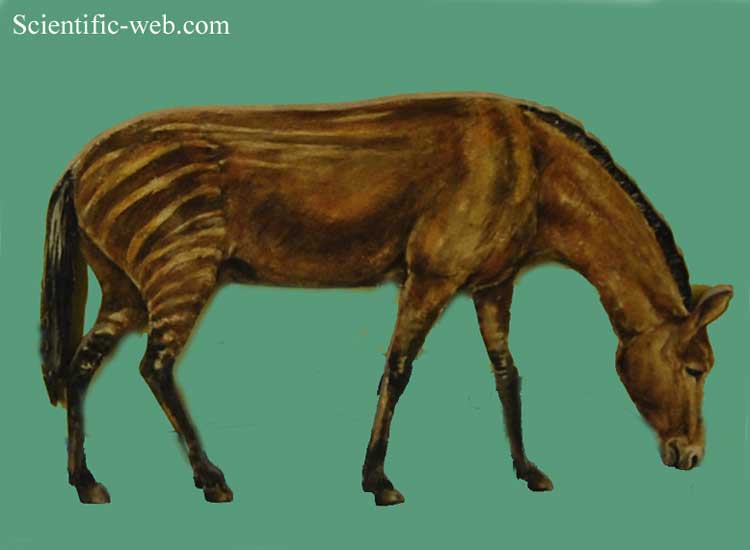
Pliohippus
Superregnum: Eukaryota
Cladus: Unikonta
Cladus: Opisthokonta
Cladus: Holozoa
Regnum: Animalia
Subregnum: Eumetazoa
Cladus: Bilateria
Cladus: Nephrozoa
Superphylum: Deuterostomia
Phylum: Chordata
Subphylum: Vertebrata
Infraphylum: Gnathostomata
Megaclassis: Osteichthyes
Cladus: Sarcopterygii
Cladus: Rhipidistia
Cladus: Tetrapodomorpha
Cladus: Eotetrapodiformes
Cladus: Elpistostegalia
Superclassis: Tetrapoda
Cladus: Reptiliomorpha
Cladus: Amniota
Cladus: Synapsida
Cladus: Eupelycosauria
Cladus: Sphenacodontia
Cladus: Sphenacodontoidea
Cladus: Therapsida
Cladus: Theriodontia
Subordo: Cynodontia
Infraordo: Eucynodontia
Cladus: Probainognathia
Cladus: Prozostrodontia
Cladus: Mammaliaformes
Classis: Mammalia
Subclassis: Trechnotheria
Infraclassis: Zatheria
Supercohors: Theria
Cohors: Eutheria
Infraclassis: Placentalia
Cladus: Boreoeutheria
Superordo: Laurasiatheria
Cladus: Euungulata
Ordo: Perissodactyla
Superfamilia: Equoidea
Familia: Equidae
Subfamilia: Equinae
Tribus: Equini
Genus: Pliohippus
Pliohippus (Greek πλείων (pleion, "more") and ἵππος (ippos, "horse"))[1] is an extinct genus of Equidae, the "horse family". Pliohippus arose in the middle Miocene, around 15 million years ago. The long and slim limbs of Pliohippus reveal a quick-footed steppe animal. While some specimens have one toe per leg, others have three (the main toe and two non-functional side toes).[2]
Until recently, because of its many anatomical similarities, Pliohippus was believed to be the ancestor of the present-day horse and its relatives in Equus. Although Pliohippus clearly is an equid and thus related to Equus, its skull had deep facial fossae, a feature not found in any member of Equus. Additionally, its teeth were strongly curved, unlike the very straight teeth of modern horses. Consequently, it is unlikely to be the ancestor of the modern horse; instead, it is likely to be the ancestor of Astrohippus.[3] Pliohippus stood approximately 1.25 metres, similar to the modern horse. Also like the modern horse, Pliohippus was a grazer that fed on steppe grasses of the North American plains it inhabited.
Fossils of Pliohippus have been found at many late Miocene localities in Colorado, the Great Plains (Nebraska, including Ashfall Fossil Beds[2] and the Dakotas) and also Canada. Pliohippus has been found beside Neohipparion.
References
"Evolution". Equestrian and Horse. Retrieved 15 December 2016.
Williams, Wendy (2015). The Horse. Toronto, Canada: Harper Collins. p. 118. ISBN 9781443417860.
MacFadden, B. J. (1984). "Astrohippus and Dinohippus". J. Vert. Paleon. 4(2):273-283.
Retrieved from "http://en.wikipedia.org/"
All text is available under the terms of the GNU Free Documentation License

